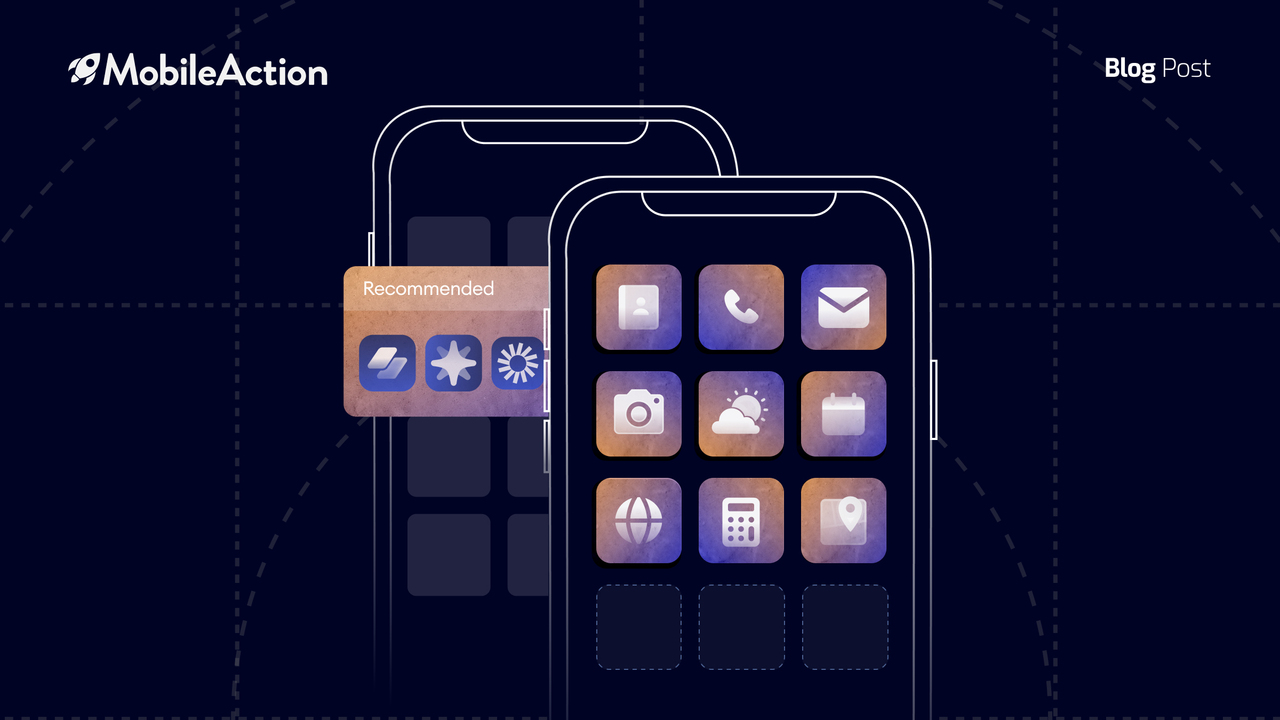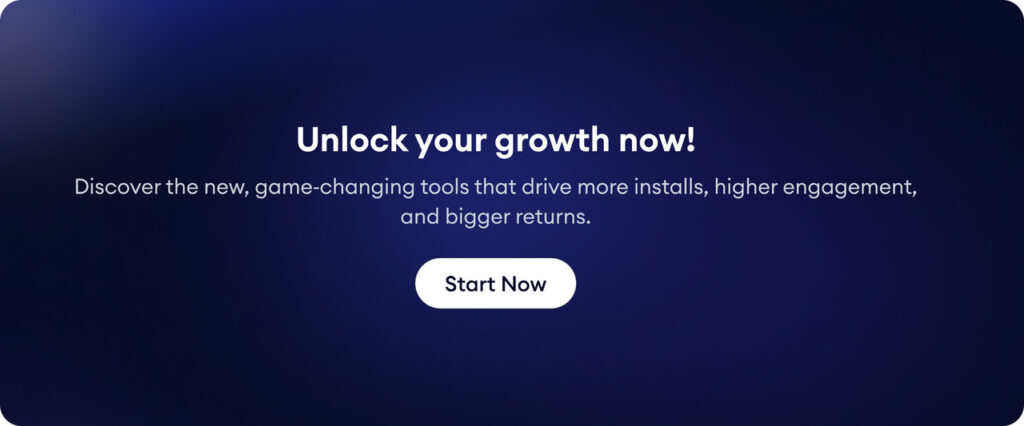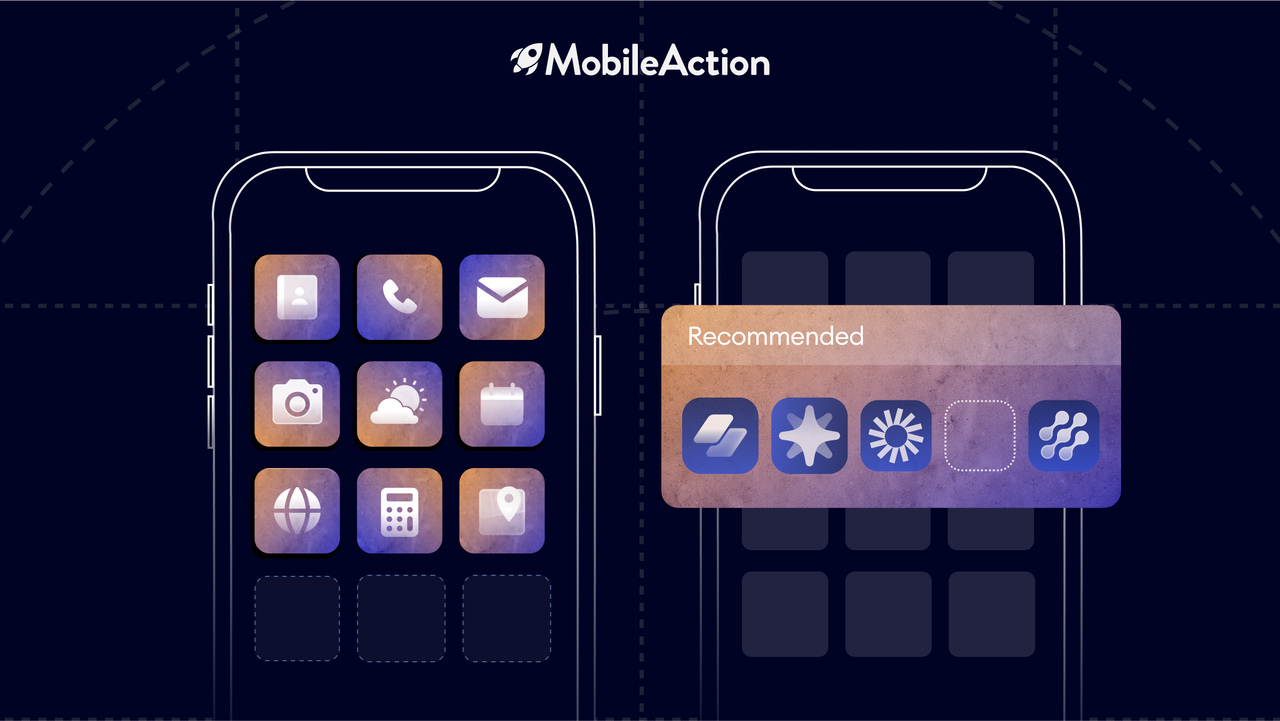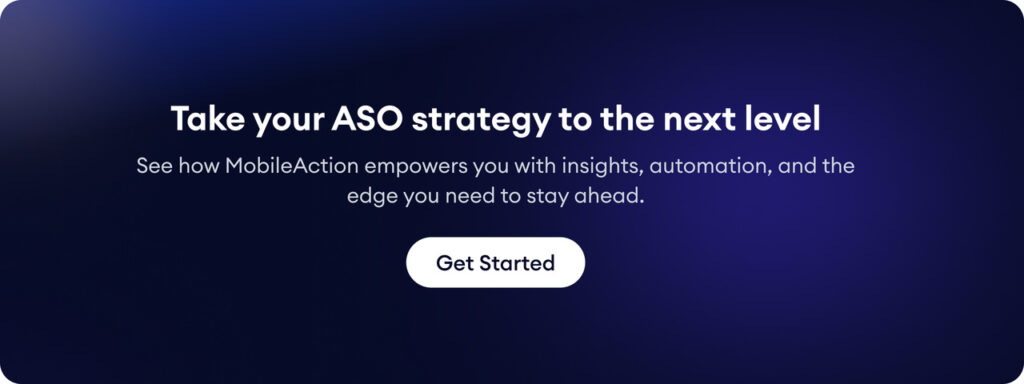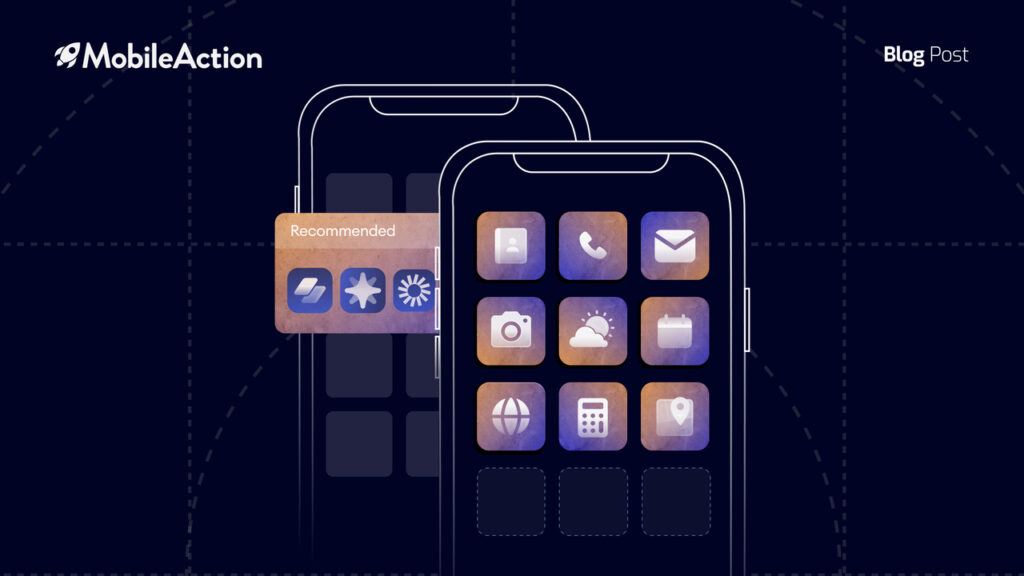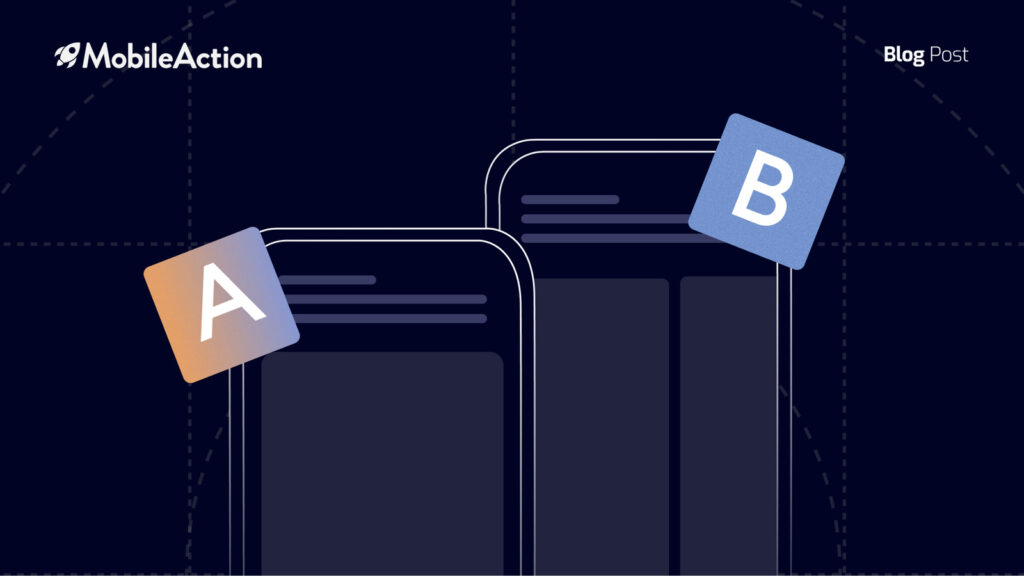Mobile app marketing is constantly evolving, and user acquisition channels that worked a few years ago are increasingly competitive.
Original Equipment Manufacturer (OEM) advertising has emerged as a powerful channel in mobile marketing, allowing app developers and advertisers to reach users directly through smartphone manufacturers and carriers.
By 2025, OEM advertising is moving into the mainstream of user acquisition strategies.
This blog post will explain in detail what OEM advertising is, how it works for mobile apps, and why it’s an effective channel to include in your marketing mix in 2025 – with data and examples to illustrate its impact.
What Is OEM Advertising in mobile marketing?
In the context of mobile marketing, OEM advertising refers to promotional campaigns run through partnerships with device manufacturers (and sometimes mobile carriers) to place apps and ads directly on smartphones.
Instead of showing ads only inside third-party apps or on social media, OEM advertising leverages the phone’s built-in software and setup process. For example, an app might come pre-installed on a new Android device or be recommended to the user during the phone’s initial setup.
OEM advertising is generally an Android-centric strategy (since Android OEMs like Samsung, Xiaomi, Oppo, etc. allow such placements), and it’s typically not available on the closed iOS ecosystem.
In simple terms, OEM advertising lets app marketers work with smartphone makers or their affiliate networks to get their app in front of users as part of the device experience, rather than relying solely on traditional app store listings or ads on external platforms.
How OEM Advertising works on mobile devices
OEM advertising can take a few different forms on mobile devices, all aimed at integrating your app’s promotion into the user’s device experience. Common OEM advertising channels and formats include:
-
Pre-loaded apps or “Preloads”
Your app is installed (or queued for installation) on the device out-of-the-box or during the device’s setup wizard. This can be a static preload (the app is present on every device by default) or a dynamic preload (the user is offered a selection of apps to install based on their profile or region during setup).
For instance, a new phone may show a list of suggested apps (news, games, utilities, etc.) for the user to tick and install during the initial configuration – apps in this list have paid for that privileged placement.
-
OEM App Store promotion
Many Android OEMs operate their own app stores (e.g. Samsung Galaxy Store, Huawei AppGallery, Xiaomi GetApps). OEM advertising allows apps to be featured prominently in these stores – such as on the homepage, in recommended sections, or via banner ads – increasing visibility outside of Google Play.
Given that alternative OEM app stores are expected to account for about 25% of global app downloads by 2025, these placements can drive significant downloads.
-
On-device recommendations and widgets
OEMs often include custom user interface elements that suggest content. This might be a “Recommended Apps” folder or widget on the home screen, a pre-installed news feed app that shows suggested app ads, or push notifications sent by the OEM with app suggestions.
These are native placements within the device UI where an advertiser’s app can appear as a suggested download. The key advantage is that the suggestion feels like part of the phone’s system, not a third-party ad.
-
Carrier partnerships
In some cases, mobile carriers (like Verizon, AT&T, or international operators) partner in OEM advertising. They may include sponsored apps during device activation or in carrier-branded app portals.
This is similar to OEM placements and often grouped together with OEM advertising, extending reach to devices sold through those carriers.
OEM Advertising vs. Traditional Mobile UA Channels
How does OEM advertising differ from more traditional user acquisition (UA) channels like social media ads, search ads, or app store search optimization?
The table below highlights some key differences between OEM advertising and conventional mobile advertising:
| Aspect | OEM Advertising (On-Device OEM Channels) | Traditional Mobile Advertising (Social, Search, etc.) |
| Platform Coverage | Primarily Android (via OEMs and carrier deals); minimal/no direct iOS options. | Android and iOS (via Google Play, Apple App Store, Facebook/Google Ads, etc.). |
| Ad Integration | Native to device (pre-installed apps, setup screens, OEM app store listings, home screen widgets). Feels like part of the phone’s interface. | External to device UI (ads in other apps, mobile websites, or app store sponsored slots). Often redirects user to app store for installation. |
| User Touchpoint | Shown at pivotal device moments – e.g. first time device is turned on, within built-in menus, or as system notifications during phone use. | Shown when user is browsing third-party apps or websites (e.g. in a feed, watching a video, or searching the app store). Requires user to click an ad and go to the store. |
| Targeting Data | Targeting based on device data and OEM’s first-party info (device model, OS version, region, carrier, and in some cases demographic info from device setup). | Targeting based on ad network data (user interests, behavior, keywords, demographics) and platform accounts (e.g. Facebook/Google profiles). |
| Cost Model | Often cost-per-install or flat fee per preload. Some OEM campaigns use cost per preload (pay only if the user opens or installs the app). Can result in lower effective CPI due to less competition. | Often cost-per-click or per impression bidding (Facebook Ads, Google UAC). Advertiser pays for traffic that may or may not convert, and CPI is determined by conversion rates and bid prices in a competitive auction. |
| Advantages | – Native user experience: Ads feel like part of device, not intrusive. – Lower competition: Fewer advertisers use OEM channels, so ad inventory costs (CPM/CPC) are often lower- High intent users: Reaching users during new device setup or when they are exploring their phone means they are open to trying new apps. – Low fraud risk: Difficult for fraudsters to fake device-level placements, resulting in cleaner traffic. |
– Wide reach: Access to large established user bases on popular platforms (Facebook, Google, TikTok, etc.) including iOS users. – Mature tools: Rich creative formats (video, playable ads) and robust optimization algorithms for targeting. – Flexibility: Can rapidly turn campaigns on/off and adjust targeting or bids in real-time self-serve dashboards. |
| Limitations | – Android-centric: Little to no coverage of iPhone users. – Fragmentation: Working with multiple OEMs (Samsung, Xiaomi, Oppo, etc.) and carriers can be complex, each with its own platform and requirements. – Access: Often requires partnerships or intermediaries to buy OEM inventory (not always as simple as logging into an ad platform). |
– High competition: Popular channels are crowded, driving up costs for impressions and installs. – Ad fatigue: Users may ignore or distrust obvious ads on social media or web. – Fraud risks: Susceptible to install fraud, click spamming, bots in open ad networks, requiring anti-fraud measures. |
As shown above, OEM advertising is complementary to traditional channels. It provides a more integrated user experience (since the app promotion is embedded in the device itself) and often yields efficient results in terms of cost per install.
In fact, OEM campaigns tend to have lower cost-per-mille and cost-per-click than standard channels, allowing marketers to reach more users for the same budget.
On the other hand, traditional channels still offer cross-platform reach (including iOS users) and ease of access that OEM channels may lack. A well-rounded user acquisition strategy in 2025 often involves using OEM advertising alongside other channels to maximize overall reach and efficiency.
Benefits of OEM Advertising for mobile apps in 2025
Why should app developers, mobile advertisers, and agencies pay close attention to OEM advertising in 2025? Here are some key benefits and reasons backed by recent data:
-
Cost-effective user acquisition & higher ROI
One of the biggest advantages of OEM advertising is its cost-efficiency. Because these placements face less competition and target users at the ideal moment (like when setting up a new phone), they often deliver installs at a lower cost than traditional ads.
For example, apps running campaigns via OEM and carrier channels in 2023 saw about a 30% lower cost per acquisition (CPA) compared to those relying only on traditional app store marketing.
Additionally, marketers report higher return on ad spend – OEM campaigns can achieve a higher ROAS than typical mobile ad platforms by reaching an active user base with minimal waste. In short, OEM advertising can stretch your budget further, yielding more installs or conversions for the same spend.
-
High-Quality users with better engagement
OEM-sourced users often show strong engagement and retention. When an app is presented as part of the device (preloaded or recommended in a native way), users are more likely to give it a try and keep using it.
Studies have found that apps pre-installed via OEM channels tend to have higher retention rates and long-term usage compared to apps acquired via standard ads.
The native feel of OEM placements makes the app seem more trustworthy and integrated, leading to improved conversion from install to active user and a higher lifetime value (LTV) per user.
In fact, some OEM campaigns see conversion rates (install rate from impressions) that can reach nearly 90% in optimal conditions – an extraordinarily high figure reflecting how effective a well-placed recommendation on a device can be at driving actual installs.
Access to untapped audiences & global reach
OEM advertising allows you to reach audiences that might be missed by conventional channels. As smartphone growth continues in emerging markets, many new users are coming online primarily via Android devices from OEMs beyond the Google Play ecosystem.
OEM partnerships provide direct access to these untapped users. For example, in certain fast-growing markets in Eastern Europe, about 40% of app installs are now driven by OEM channels rather than the official app stores. More OEMs (especially in Asia, the Middle East, and Latin America) are opening their devices to advertising, which means app marketers can tap into millions of new users this way.
By 2024, it’s projected that over 2 billion mobile devices globally could be reached via OEM and carrier advertising channels. For app developers, this is a huge audience pool that extends beyond the familiar Google and Facebook ad networks.
Premium placements and device-level targeting
OEM advertising can deliver your app to premium users and niche segments with precision. For instance, you can target by specific device models or tiers – e.g. showing your app on high-end Samsung or Huawei devices if your product is geared toward high-spending users. These users often have more purchasing power and are more likely to make in-app purchases or subscriptions.
Moreover, OEM channels leverage first-party device data to personalize app suggestions. A phone manufacturer or carrier knows details like the user’s device type, region, maybe even age range (from account setup), which can be used to recommend apps that fit the user profile. This device-level targeting means OEM ads can achieve very relevant placements – for example, recommending a finance app to a user who just indicated an interest in finance during phone setup.
The result is significantly higher conversion rates than broad, one-size-fits-all campaigns. In one case study, an OEM campaign more than doubled an app’s conversion rate from 4.45% to 9.05%, while also improving cost per install, compared to conventional channels.
Fraud reduction and clean traffic
Mobile ad fraud is a concern in many user acquisition campaigns (fake clicks, bots, fraudulent installs driving up costs). OEM advertising offers a more fraud-resistant environment.
Since the app promotions occur in a controlled device setup or OEM store context, it’s far more difficult for bad actors to simulate fake installs or clicks. The installs you get via OEM channels are genuine users on real devices, because there isn’t an open ad exchange in the middle. According to industry insights, OEM sources provide high transparency and are essentially fraud-free.
This means your ad spend isn’t being wasted on fake users – improving the quality of acquired users and the accuracy of your campaign performance data.
Marketers have observed that OEM campaigns deliver “clean” installs with minimal fraud, unlike some third-party ad networks which might require additional fraud detection tools.
OEM advertising trends in 2025
The rise of OEM advertising is one of the notable mobile marketing trends heading into 2025. Major industry predictions and current data indicate that this channel is rapidly becoming a staple for app growth:
-
Widespread adoption by marketers
More app marketers are incorporating OEM channels into their acquisition mix. By 2024, an estimated 60% of mobile app advertisers will include OEM marketing as a core part of their UA strategy (up from 45% in 2023).
Agencies and user acquisition teams have started to build expertise around OEM placements as this approach proves its value.
-
Growing share of app distribution
With traditional app stores reaching saturation, OEM and third-party app stores are capturing a bigger slice of app downloads. It’s expected that by 2025, OEM-operated app stores (from manufacturers like Samsung, Huawei, Xiaomi, etc.) will account for roughly 25% of global app downloads.
This signifies a huge shift in how users discover apps, with on-device recommendations rivaling the likes of Google Play in some regions.
-
Higher performance metrics
The performance outcomes from OEM advertising are encouraging. Industry reports project that OEM campaigns will deliver around 40% higher return on ad spend (ROAS) by 2025 compared to standard mobile advertising methods.
Apps featured as preloads or device-native recommendations also see significantly higher install conversion rates – potentially 3× higher install rates than those from typical digital marketing channels.
These improvements in efficiency and scale make OEM channels very attractive, especially for apps aiming to scale globally.
-
Innovation in OEM ad tech
The OEM advertising ecosystem is also evolving. We’re seeing growth in intermediary platforms and DSPs that make it easier to buy OEM inventory programmatically, as well as improved measurement and attribution for on-device installs.
OEMs themselves are enhancing their offerings – for example, introducing dynamic preload technology where the apps installed on a phone can differ based on the user’s demographic or interests.
This dynamic approach, expected to be standard by 2025, allows highly targeted app distribution and is predicted to boost user engagement by around 20% for apps utilizing it.
In addition, OEM channels are integrating better analytics and AI for targeting, which will further improve campaign performance and precision targeting.
The bottom line
OEM advertising has matured into a reliable and effective channel for mobile app user acquisition as we step into 2025.
By partnering directly with smartphone manufacturers or their advertising partners, app marketers can secure prime real estate on the device – reaching users at the very moments they set up and start using their phones.
This on-device presence translates to lower acquisition costs, higher quality users, and access to markets that traditional channels might miss. The data from recent years backs it up: OEM campaigns can drive down CPA, boost ROI, and significantly increase install rates.
For app developers, mobile advertisers, and agencies looking to stay ahead in a competitive landscape, OEM advertising offers a compelling competitive edge. It lets you tap into billions of Android users globally with personalized, native-feeling app recommendations that users trust.
While it shouldn’t entirely replace your other marketing channels, integrating OEM advertising into your 2025 UA strategy can be a smart move to diversify and scale your user base. In a mobile ecosystem where every install counts, OEM advertising is proving to be a powerful ally for sustained app growth.
